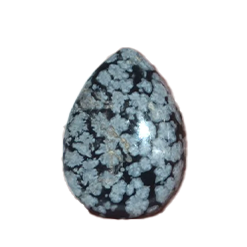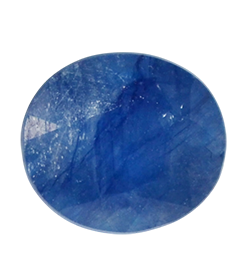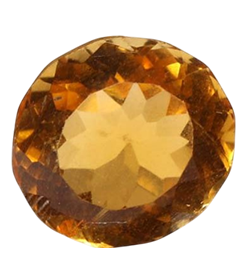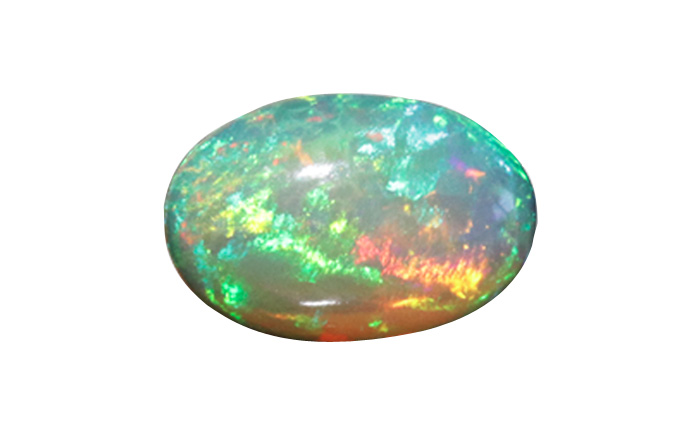In our exploration of gemstones, one specimen stands out above all others – the emerald. Renowned for its mesmerizing green hue and captivating allure, the emerald has captured the imagination of civilizations throughout history. In this comprehensive guide, we delve into the enchanting world of emeralds, uncovering their origins, properties, symbolism, and enduring appeal.
Unveiling the Origins of Emeralds
Emeralds, with their vibrant green color, are a variety of the mineral beryl. The mesmerizing green hue is attributed to trace amounts of chromium and vanadium within the crystal structure during its formation. These gemstones are typically found in metamorphic rock formations, where intense pressure and heat create the perfect conditions for their development.
Mining Locations
Emeralds are primarily mined in regions known for their geological richness, including Colombia, Zambia, Brazil, and Afghanistan. Each locale yields emeralds with distinct characteristics, ranging from deep green hues to lighter shades with varying levels of clarity.
The Allure of Emeralds: Symbolism and Meanings
Throughout history, emeralds have been revered for their symbolism and perceived mystical properties. Often associated with love, rebirth, and prosperity, emeralds have adorned the crowns and jewelry of royalty and nobility across cultures.
Symbol of Love and Fidelity
Emeralds have long been associated with matters of the heart, symbolizing eternal love and fidelity. Legend has it that Cleopatra, enamored by the gem’s beauty, claimed ownership of all emerald mines in Egypt during her reign, making it her royal emblem.
Stone of Rebirth and Renewal
In ancient mythology, emeralds were believed to possess rejuvenating powers, offering protection and vitality to those who wore them. The vivid green color of emeralds was thought to symbolize the renewal of life and the promise of growth and abundance.
Sign of Wealth and Prosperity
Due to their rarity and exquisite beauty, emeralds have historically been associated with wealth and prosperity. In many cultures, owning an emerald was considered a symbol of affluence and social status, reserved for the elite and privileged few.
The Alluring Properties of Emeralds
Beyond their symbolic significance, emeralds possess unique physical and metaphysical properties that add to their allure and desirability.
Color and Clarity
The most prized emeralds exhibit a rich, vibrant green color with excellent clarity, devoid of any visible inclusions or imperfections. These gems command a premium price due to their rarity and exceptional beauty.
Durability and Hardness
Emeralds, like all gemstones, are evaluated based on their durability and hardness. While emeralds are relatively durable, scoring 7.5-8 on the Mohs scale, they are more susceptible to damage compared to other gemstones like diamonds or sapphires. As such, proper care and maintenance are essential to preserve their beauty and integrity.
Cut and Carat Weight
The cut of an emerald plays a significant role in enhancing its brilliance and maximizing its color saturation. Traditional cuts like the emerald cut and oval cut are popular choices for showcasing the gem’s natural beauty. Carat weight also influences the value of an emerald, with larger stones commanding higher prices, especially if they exhibit exceptional color and clarity.
Conclusion: The Timeless Allure of Emeralds
In conclusion, emeralds stand out as one of nature’s most captivating gemstones, revered for their mesmerizing beauty, symbolic significance, and enduring appeal. From ancient civilizations to modern-day enthusiasts, emeralds continue to captivate hearts and inspire awe with their timeless allure. Whether adorned as a symbol of love, prosperity, or renewal, the emerald remains a cherished treasure, destined to shine brightly for generations to come.















































 28 Nov 2022
28 Nov 2022 admin
admin 


















